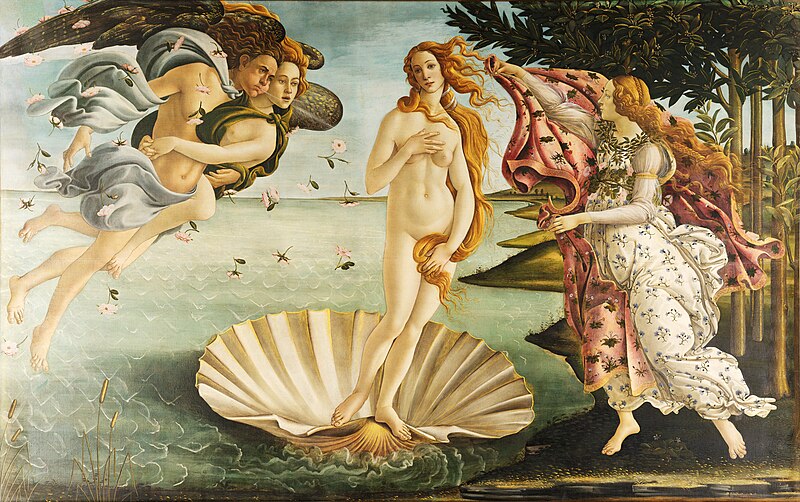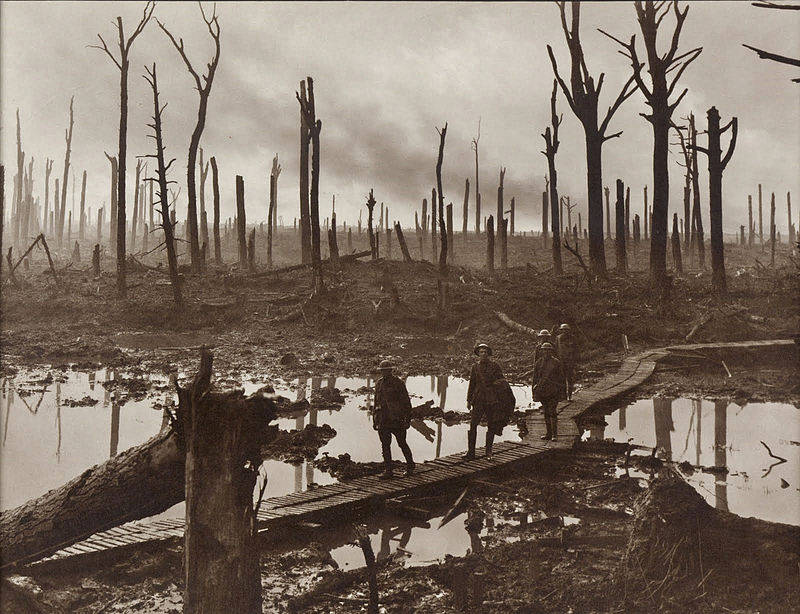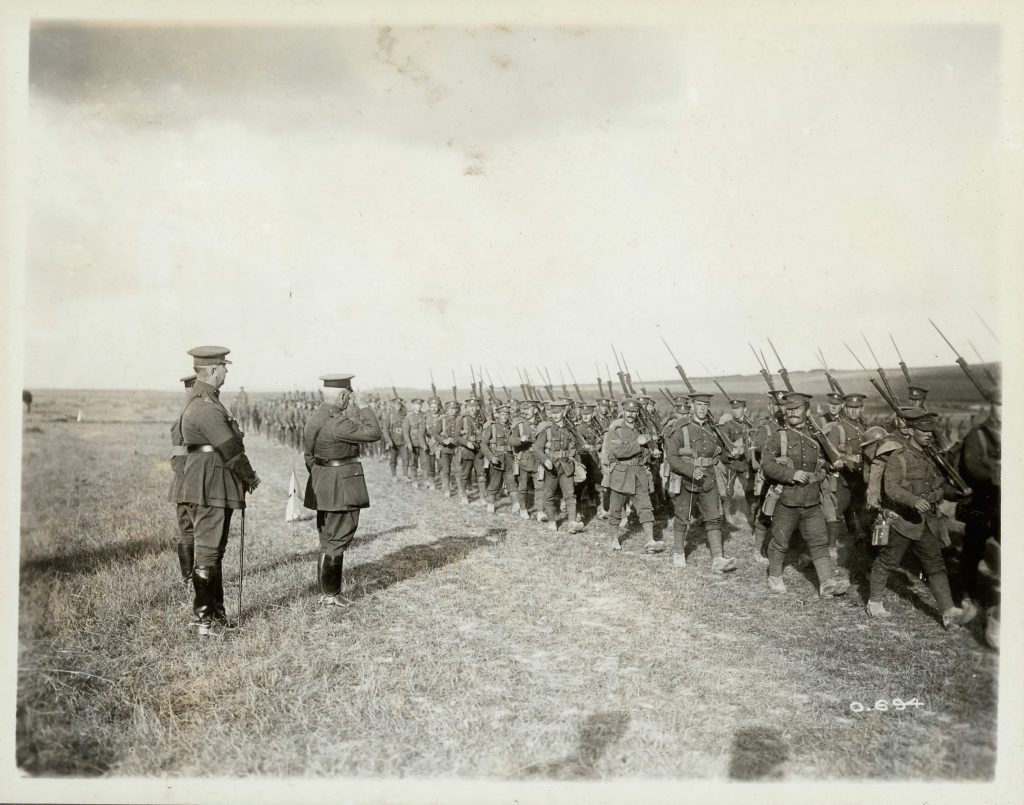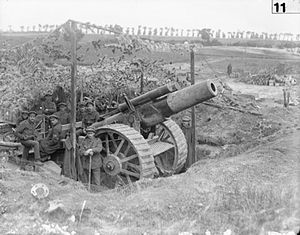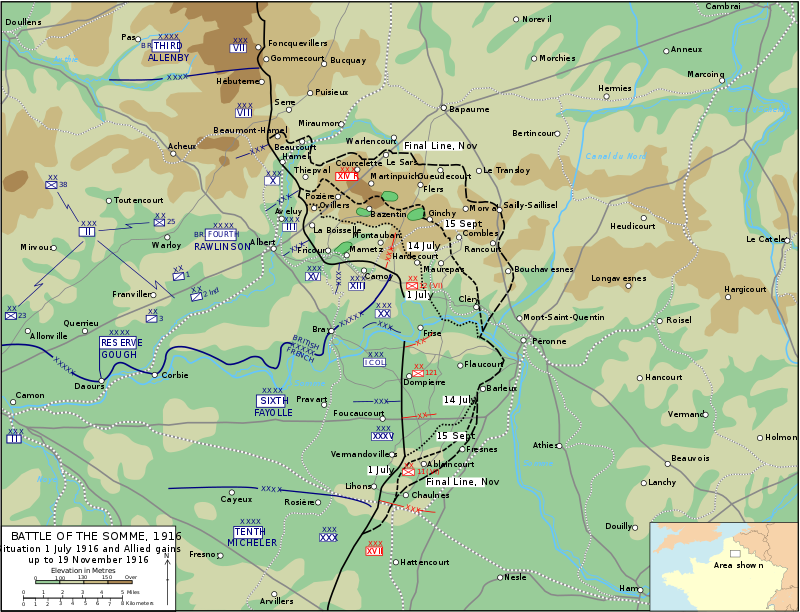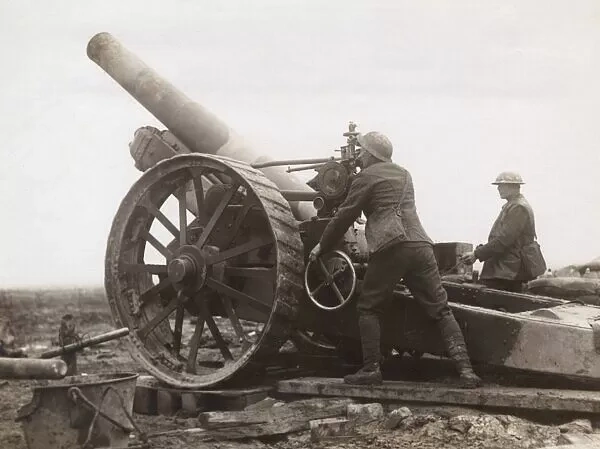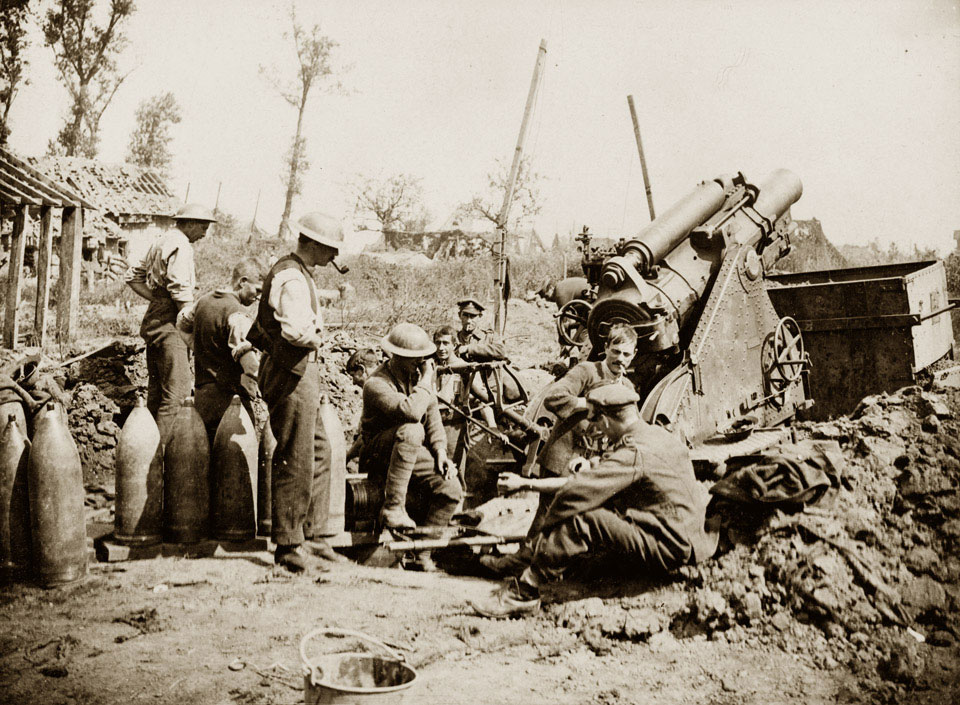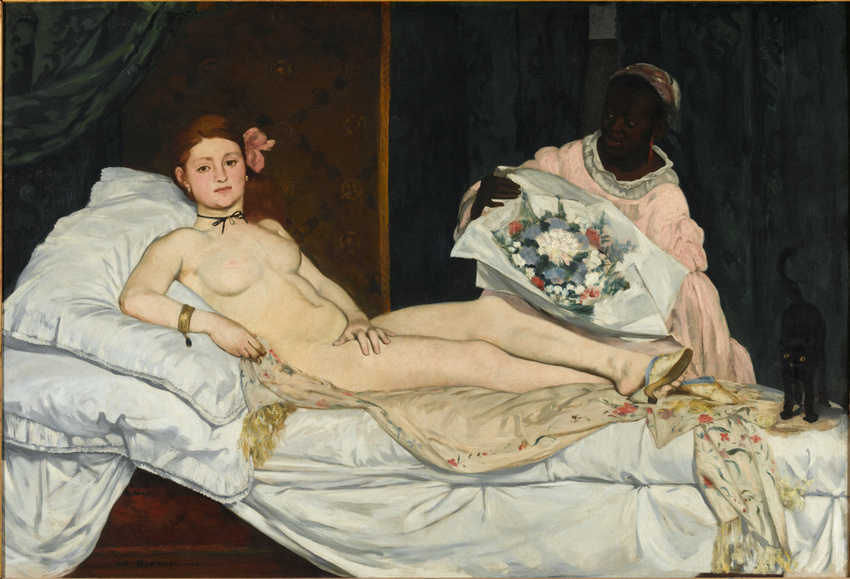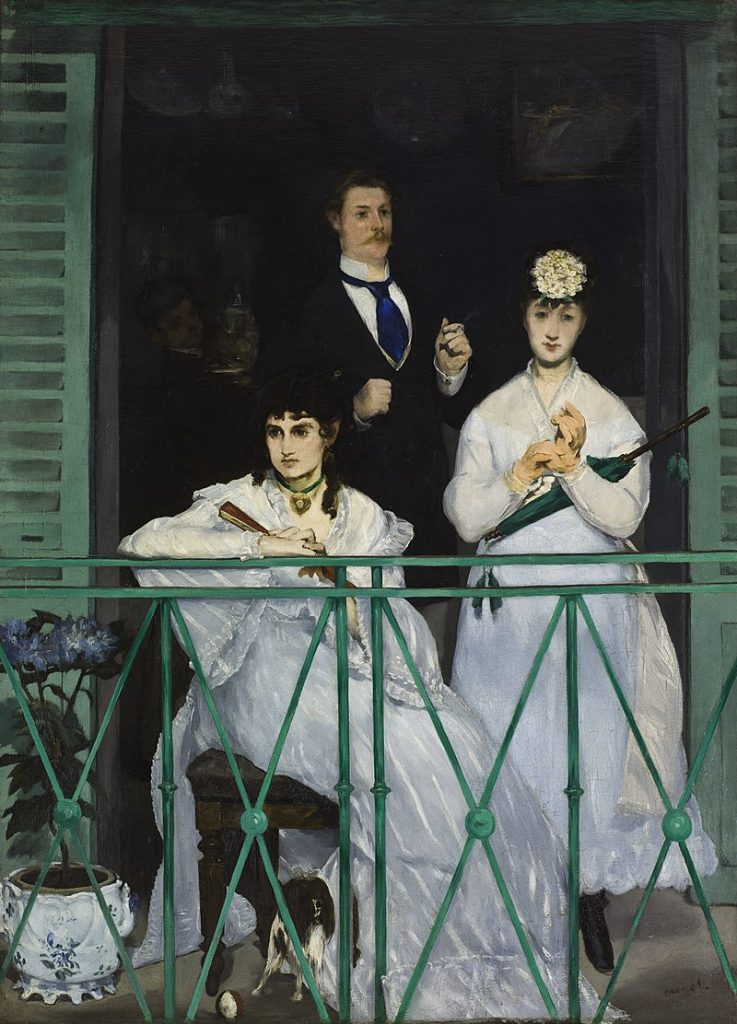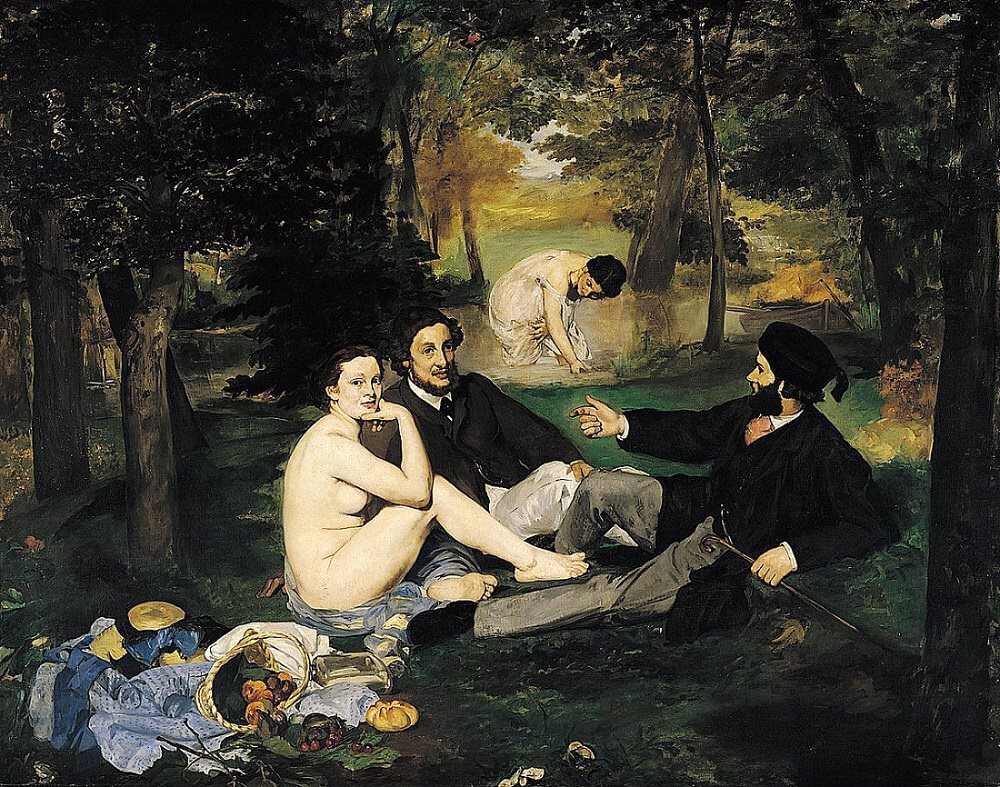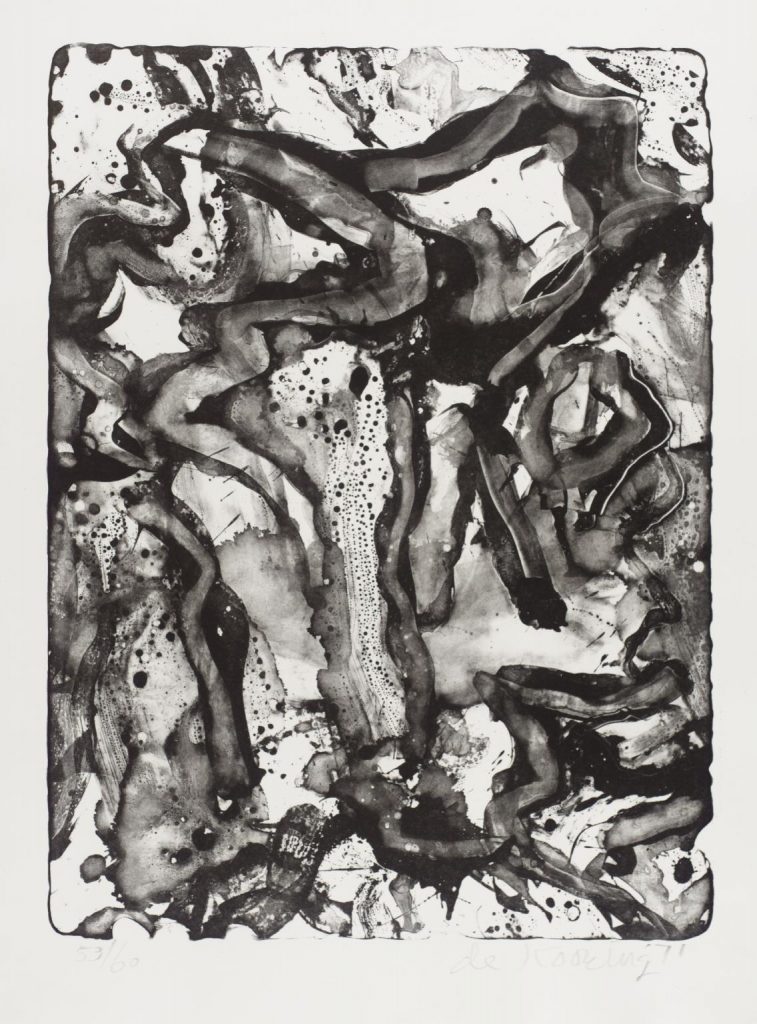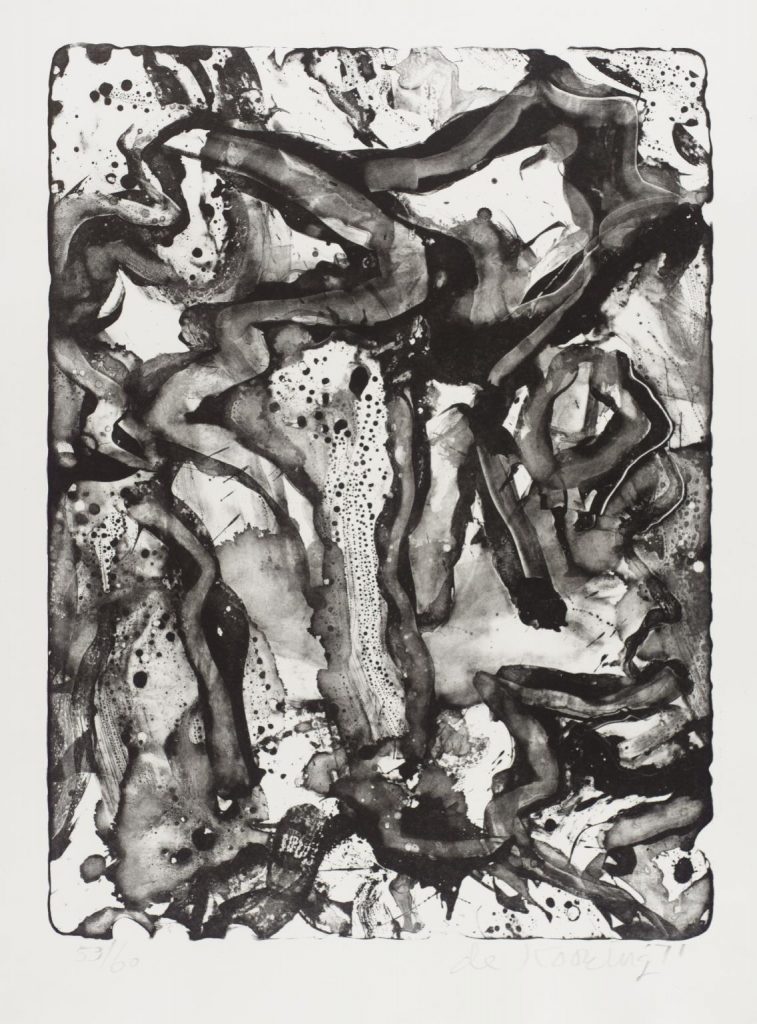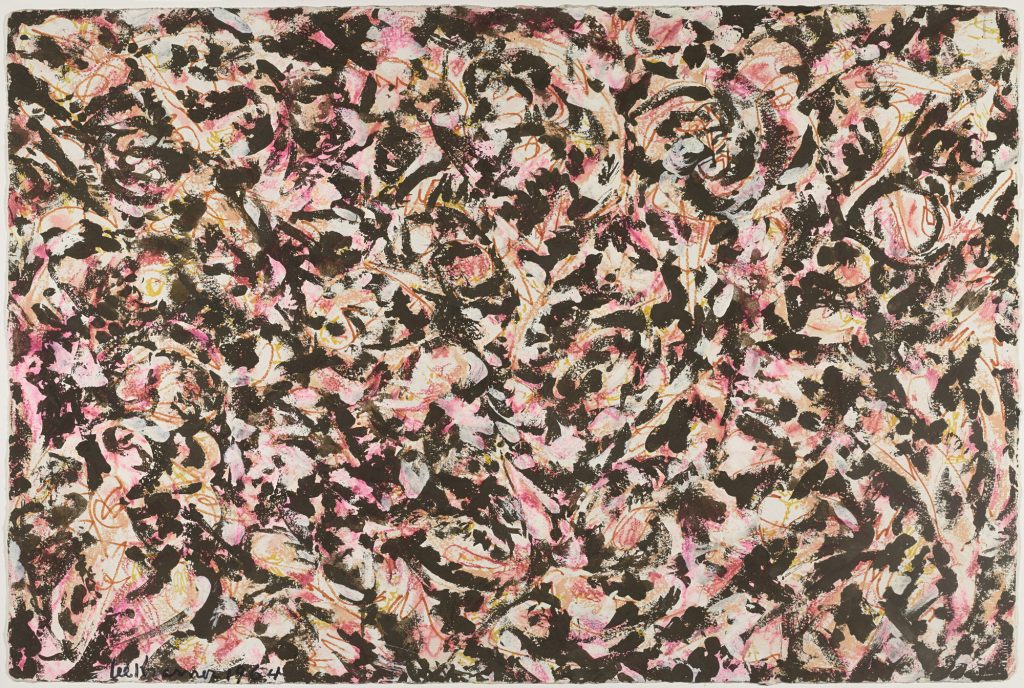
Un bar aux Folies Bergère, Oil on canvas, 1882, Courtauld Gallery, London
“Un bar aux Folies Bergère” by Édouard Manet, painted in 1882, is a remarkable piece that still resonates with modern life. The painting captures the essence of urban leisure and the complexities of modernity during the 19th century, showcasing a glimpse of Parisian nightlife.
The focal point of the painting is the barmaid, who appears detached and distant despite being surrounded by lively patrons. This sense of detachment can be seen as a reflection of the alienation that can occur in modern life, where individuals may feel isolated or disconnected in the midst of bustling social settings.
The mirrors behind the barmaid present a fascinating aspect of the artwork. They create an intriguing spatial ambiguity, blurring the lines between reality and illusion, symbolizing the fragmentation of identity in the face of urban life’s rapid changes and the emergence of a consumer-driven society.
Moreover, the painting subtly explores themes of gender and societal expectations. The barmaid’s stoic expression contrasts with her role as an object of desire for the male patrons, raising questions about the objectification of women in modern society.
Manet’s use of light and shadow in the painting adds depth and realism, illustrating the interplay between artificial and natural light in the urban environment. This play of light can also be interpreted metaphorically, symbolizing the dichotomy of public appearances and private emotions in modern life.
In conclusion, “Un bar aux Folies Bergère” remains relevant in the context of modern life due to its exploration of themes such as alienation, consumerism, gender roles, and the complexities of urban existence. The painting serves as a timeless reminder of the multifaceted nature of contemporary society and the human experience.

